Advanced Frog Fishing Tips
Like many anglers, I’m a sucker for a topwater strike. But if I had my choice, I’d take a strike on a hollow-belly frog in the midst of sloppy weeds over any other. That’s not to disrespect others, but there’s something special about dragging a lunker through the slop and swinging it aboard. It is my favorite way to catch them, but it is also a heartbreak technique. No matter what, missing fish is part of this game. But there are several frog fishing tips I can offer to increase your bites and landing ratio.
You can watch the video below, and then read a quick recap of my top three advanced frog fishing tips.
Advanced Frog Fishing Tips Video
Where to Throw Frog Baits
The best advice with frog fishing is to avoid wasting time where the fish are absent. Fancy depth finders are nearly useless in thick, shallow cover where this technique shines. However, you need nothing more than your human senses.
Simply put, you want to find an active ecosystem. Hollow-belly frogs work best in thick vegetation. If I see a variety of species in and around the weeds, there will be bass lurking as well. This includes any combination of bluegill, perch, minnows, insects, herons, and egrets. The more the better. Also, listen carefully. If you hear insects and bluegill popping on the surface, the frog bite is probably in full swing. The best sound of them all, though, is the sound of bullfrogs. That’s a sure indicator that frogs are currently on the menu for bass.
Furthermore, there must be some depth, but not as much as you may think. If sufficient shade exists under the weeds in just one foot of water, that’s enough. Remember, fish live a lifetime without blinking – they lack eyelids. They are in the thick cover for relief from the ultraviolet rays, and it is a perfect ambush place for them. If you identify a depth change in the thick weeds, set up camp. That is prime for frog fishing.
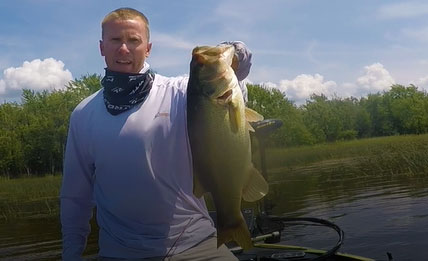
The Best Equipment for Frog Fishing
The right stuff will help save an angler from heartbreak. Light line and flimsy rods do not have the torque necessary to haul fish in. I recommend a rod at least 7-feet in length with a Medium Heavy – Heavy action rod (How to Choose the Right Fishing Rod). A fast tip is a must. My favorite is a McCain Fishing rod model TR874H.
High speed reels are advantageous as well. It is vital to bring the fish to the surface as quickly as possible, which the rod accomplishes. Once getting it there, it is crucial to keep it on top. A high-speed reel ensures this. I recommend a reel with a ratio of at least 7.5.1
My fishing line of choice is 50-pound braid. Stronger may seem like a more obvious choice, but once line gets thicker than 50-pound, cast length decreases.
The best tip I can offer is to use a Rapala knot. This knot gives the frog a better “walk the dog” action, which will increase strikes.
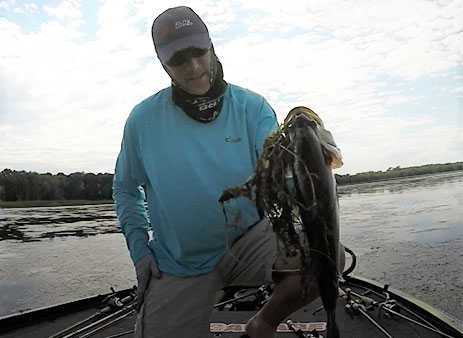
How to Retrieve a Frog Bait
The action of a frog can vary, but a constant twitch of the rod will work in all situations. Each twitch should move the bait a couple of inches forward. Many anglers feel it is best to pause the retrieve when the frog approaches a hole in the slop, but I often ignore this. Bass react to this bait, so coaxing them with a finesse approach such as this is often counterproductive. Once they get interested in the bait, maintain the retrieve that got their curiosity.
The right equipment will ensure a better landing ratio, while the right action will garner more strikes. Keep in mind, this type of fishing takes place in shallow water and underwater obstructions are often unseen. Do not risk damaging your boat – protect it with a KeelGuard! You can get one right here online in nine sizes and 11 colors.


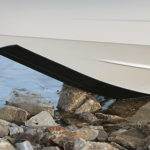
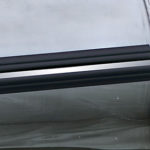
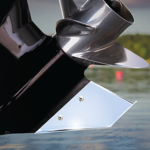

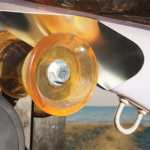
Comments